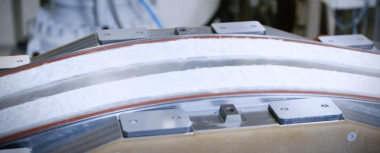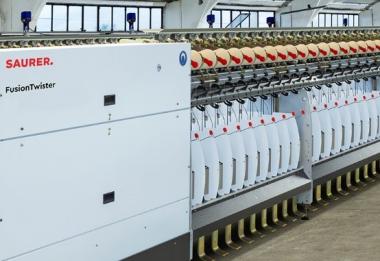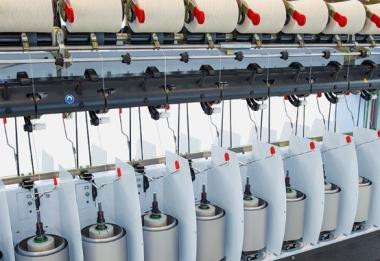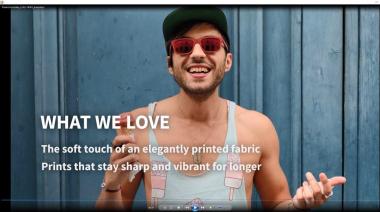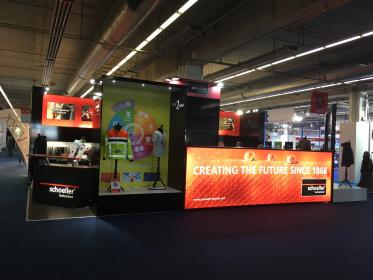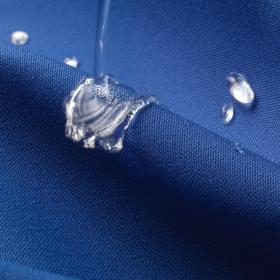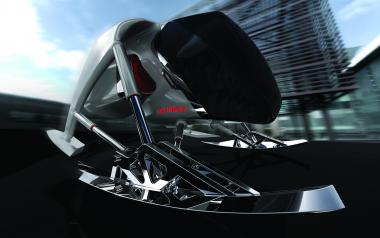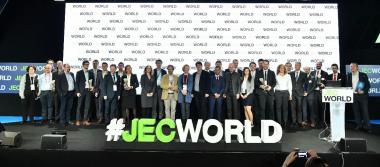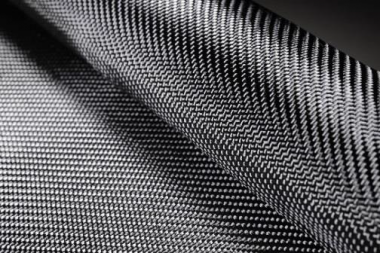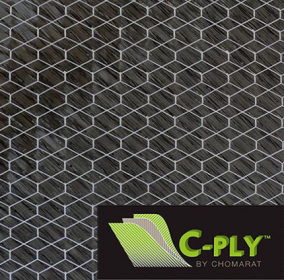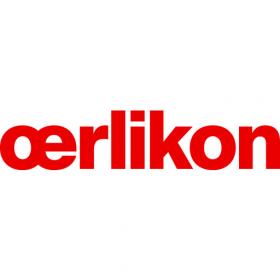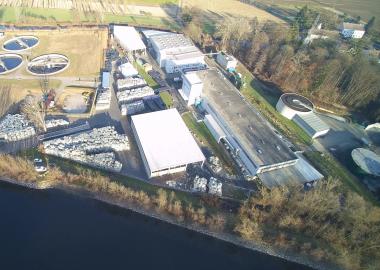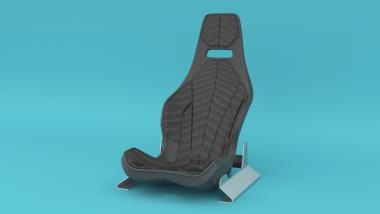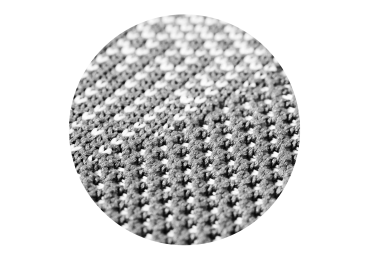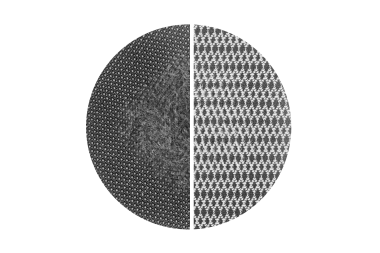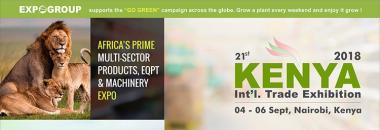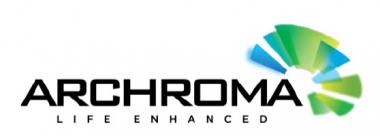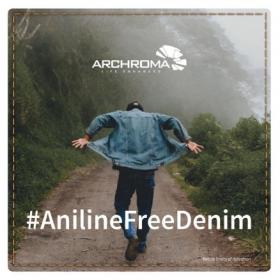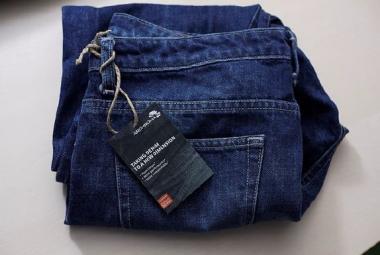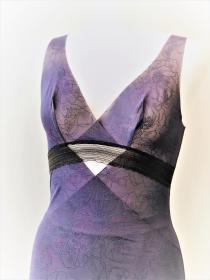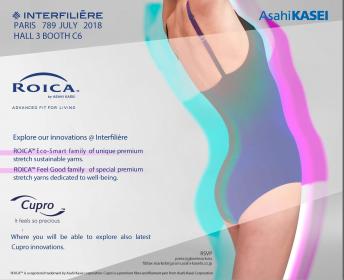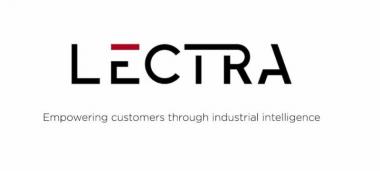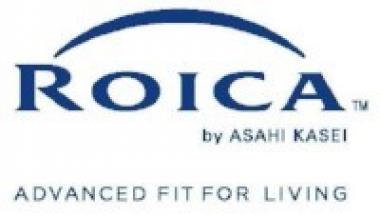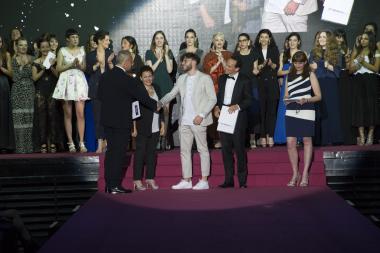Chomarat fabrics at the KraussMaffei booth during K Messe 2019
Chomarat Group’s composite reinforcements will be featured at the KraussMaffei stand during the next K Messe in Düsseldorf. Chomarat has created a glass reinforcement adapted to the mass production of automotive parts, helping to lighten leaf springs by 60% compared to metal.
Automotive: Producing 60% lighter leaf springs for car's underbody
The new leaf springs made of composites are 60% lighter than their pendants made of steel thanks to KraussMaffei process and the involvement of a network of partners, including Chomarat with G-PLY™ glass reinforcement. Their strength can be deliberately increased in sections where it is required and the corrosion resistance offers further added value.
“We created the fabrics, when Engenuity developed the component, Huntsman supplied the matrix system made of epoxy resin, Johns Manville supplied the glass fibers, Schmidt & Heinzmann manufactured the preforms, Alpex designed the RTM mold and Hufschmied (Bobingen, Germany) took charge of post-mold processing of the component by milling. KraussMaffei has taken over the project management for Hengrui and coordinates the project with the partners.” Francisco De Oliveira at Chomarat explains.


